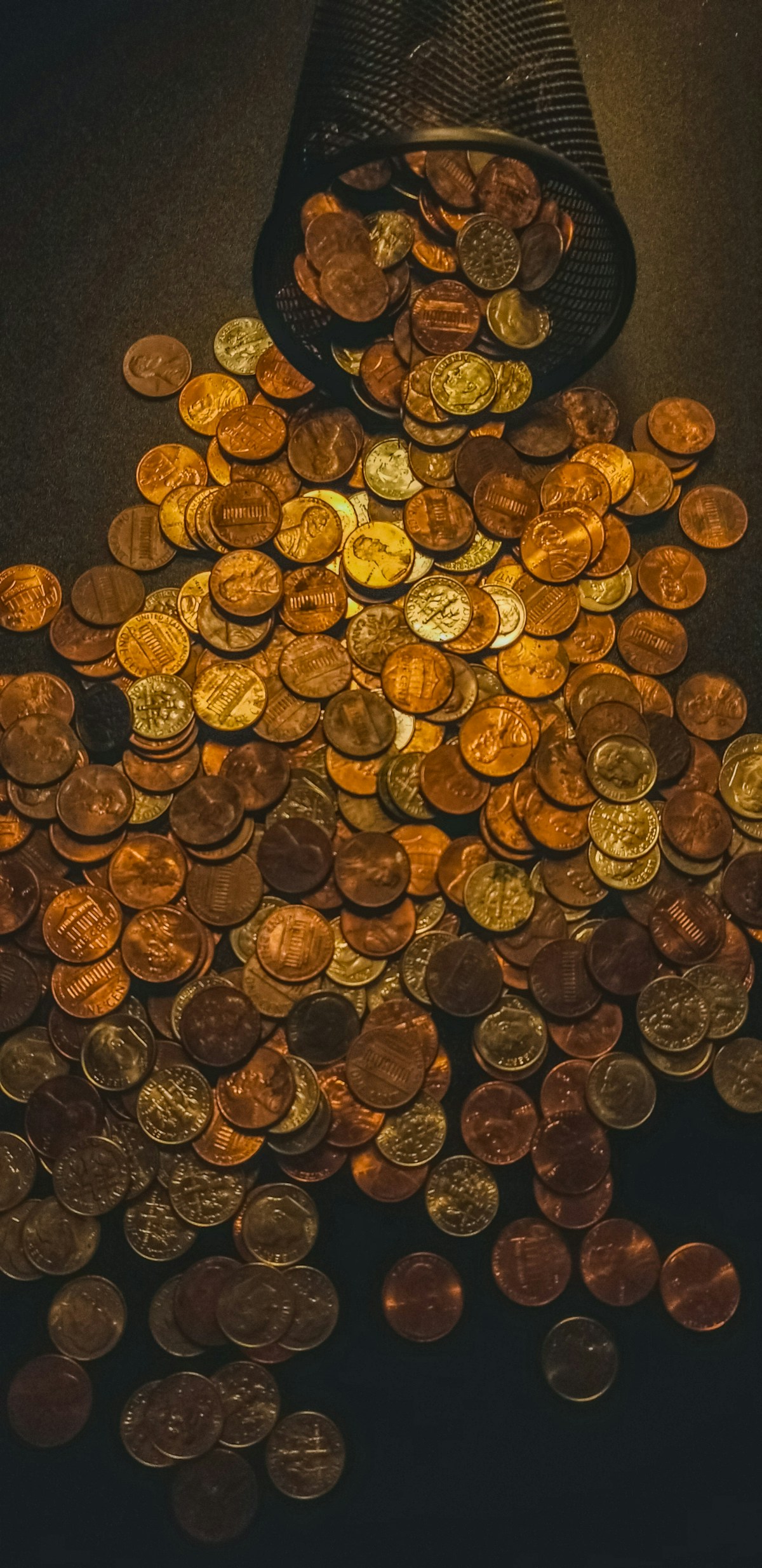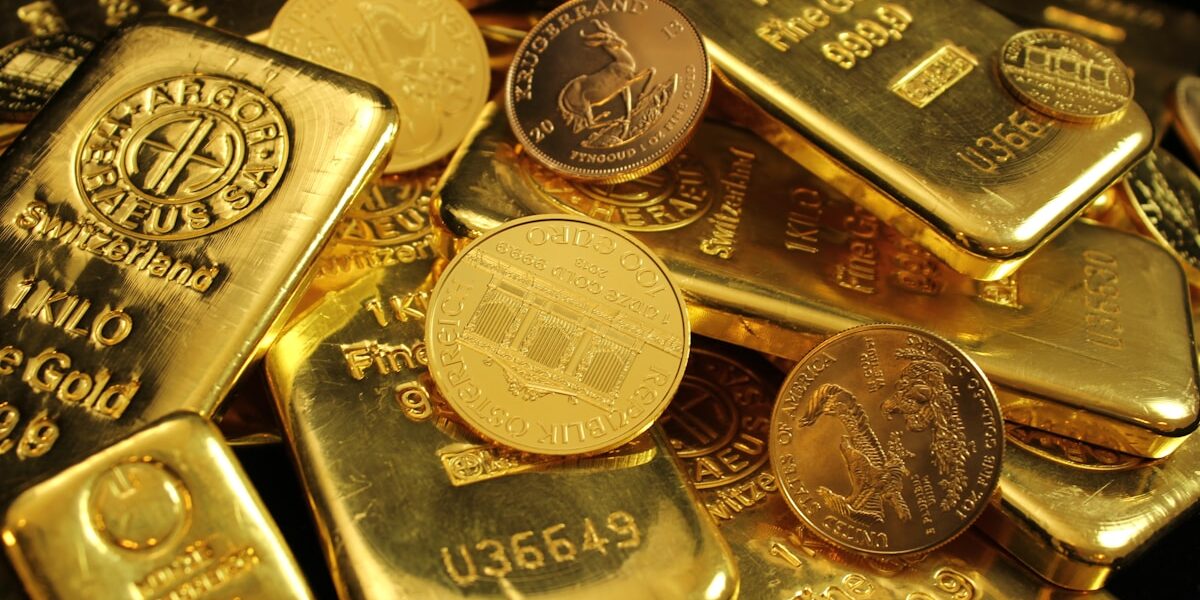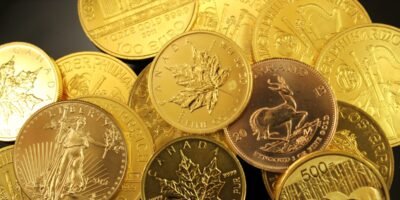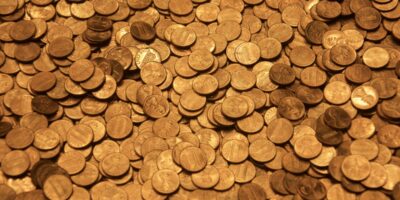1968 Canadian Quarter
The 1968 Canadian quarter is a notable coin for several reasons. It was a transitional year for the materials used in the coin’s composition. Prior to 1968, Canadian quarters were made from silver. However, during 1968, the Royal Canadian Mint switched from using silver to nickel.
Composition Changes

Coins struck in the beginning of 1968 retained the 80% silver, 20% copper composition that had been standard. Later in the year, the composition changed to 99.9% nickel. This significant alteration had immediate effects on coin collectors and the everyday public. The switch was driven by economic factors; rising silver prices made it impractical to continue producing coins from the precious metal.
Identifying the Metal
Identify whether your 1968 quarter is silver or nickel by a few methods. One method is to look at the edge of the coin. Silver quarters will have a distinct, silvery edge. Nickel quarters have a duller and more uniform appearance. Another method involves a magnet. Nickel is magnetic, while silver is not. If a 1968 quarter sticks to a magnet, it’s made of nickel.
Historical Context
The transition in metal coincided with other shifts in coin production worldwide. In the United States, for example, the composition of quarters had already changed from silver to copper-nickel in 1965. Canada’s move in 1968 followed this global trend of moving away from silver coinage.
Design and Specifications
The 1968 Canadian quarter features the same design elements as previous years. The obverse bears the effigy of Queen Elizabeth II, designed by Arnold Machin, and the reverse shows the iconic caribou, designed by Emanuel Hahn. The coin has a diameter of 23.88 mm and weighs 5.83 grams for the silver version. The nickel version also measures 23.88 mm but weighs 5.07 grams.
Mint Marks and Varieties
Not all 1968 quarters are exactly alike. The coins minted in Ottawa bear no mint mark. Some varieties and anomalies were produced, such as doubled-die errors, and these can carry more value to collectors. Carefully inspect your coins to spot any unique features or errors.
Value Today
The value of a 1968 Canadian quarter depends on its composition and condition. Silver quarters are worth more due to their precious metal content. As of recent years, the melt value of a silver quarter is much higher than its face value. Nickel quarters generally hold value only as collectibles rather than for melt. Collectors seek coins in higher grades, and uncirculated pieces can demand a premium.
Collecting Tips
When collecting 1968 Canadian quarters, it’s essential to consider factors such as grade, rarity, and specific mint errors. Using a reputable grading service can significantly add to the coin’s verified value. Store coins properly using acid-free holders, and handle them with care to avoid skin oils diminishing their condition.
Finding 1968 Quarters
These coins can often be found at coin shops, auctions, and online marketplaces. Estate sales and garage sales sometimes yield unexpected finds. Networking with other collectors can also lead to acquisitions and useful information.
Investing in Coins
Investing in coins like the 1968 Canadian quarter involves understanding market trends. Precious metal prices fluctuate, impacting silver coin values directly. Nickel quarters, being common, tend not to offer significant investment returns unless they fall into special categories like error coins or uncirculated pieces.
The 1968 Canadian quarter serves as an intriguing case study for the effects of global economic shifts on currency. For numismatists and casual collectors alike, this coin represents a rich piece of Canadian history encapsulated in metal.
“`




Subscribe for Updates
Get the latest articles delivered to your inbox.
We respect your privacy. Unsubscribe anytime.